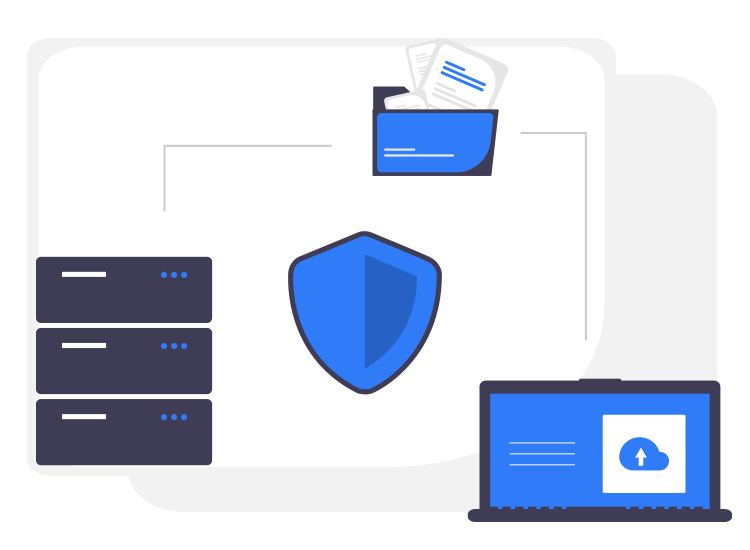
You should know how to back up your data, if you want to keep it safe, nowadays. First of all because this is your information and you do not want to lose it, for sure. And you are not the only one to know this. Hackers try to obtain the personal data of different users to use it to lunch their attacks and get some easy money.
So, you should be aware of this and also know how to do it properly. In this article, we will show you how to do it properly, for the sake of your personal data and other valuable information.
The reason to keep more copies of your information
If you cannot find a very strong reason to think about it, here are a few things that could change your mind.
Data loss may result in the loss of money, time, valuable information or access to your accounts. So, think about what you could do if your computer or hard drive crashes. So, backing up is the only available solution to restore your previous files.
Malware and ransomware could also lead to data loss, because attackers encrypt it, to ask for money. Also, if anything happens, you would not waste precious time to restore your lost information.
One more reason would be that you can access your data from anywhere if you back it up.
So, these reasons could make you seriously think about what and how to do so. Read on to learn the necessary steps.
Here is how to back up your data
As many times backups may also be vulnerable to attacks, it is important to follow the 3-2-1 rule. It means that you create three copies of your data. Then, you should save it in two different storage places. But also remember to keep at least one copy offline.
For this, you could use the following steps:
- Save the data on an external hard drive. We recommend that you use an SSD hard drive, as it is faster and more portable.
There are more than a few ways to achieve the 3-2-1 backup rule. Using a combination of the following strategies, you can start to create a safe and secure way to prevent data loss. You can copy the files manually, or you can use either the built-in or a third-party backup program. - Save the data on a USB Flash Drive. They are portable and easy to use. Just drag and drop the files or directories from your computer, onto the drive. Still, you should pay attention to where you store it.
- Use cloud storage, as most providers also offer encryption for securing your data. Google Drive, Dropbox, and OneDrive are the most famous ones. But keep in mind that you get a certain amount of space, for a monthly fee, according to the amount of data you want to keep there.
- Use an online backup service, which encrypts your files, and allows you to schedule automatic backups. It will store them safely. They usually come with file encryption and password protection.
- Choose a NAS device. The Network Attached Storage is a dedicated server. Then, it works just like a server, that you can access from anywhere, anytime. This solution brings you both security and reliability.
Now, that you know how to do this, you should test your backups regularly. This will help you make sure that they work properly.


3 Comments